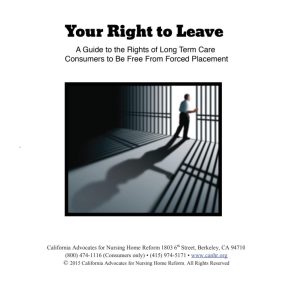Falls can happen in any San Francisco Bay Area nursing home as a result of improper supervision of residents, residents’ medical conditions, and dangerous or hazardous conditions on the nursing home premises. According to the National Safety Council (NSC), falls among elderly adults account for about one-third of all non-fatal injuries sustained by people aged 65 and older. These non-fatal injuries can involve bruises, cuts and scrapes, and broken bones. While some older adults recover relatively quickly and fully from non-fatal falls, others may deal with long-term disabilities, especially when a hip fracture or other broken bone results from the fall. At the same time, it is critical to know that falls among the elderly can be deadly. The NSC reports that falls result in approximately 40,000 older adult deaths annually. That number was over 41,000 in 2023, the last full year of reported data. And, according to a recent report in The New York Times, data suggests that number is rising.
What should you know about nursing home falls and liability? Our San Francisco nursing home abuse and neglect lawyers can tell you more.
Elderly Fall Deaths Rise Among Increased Prescription Medication Usage
 California Nursing Home Abuse Lawyer Blog
California Nursing Home Abuse Lawyer Blog










